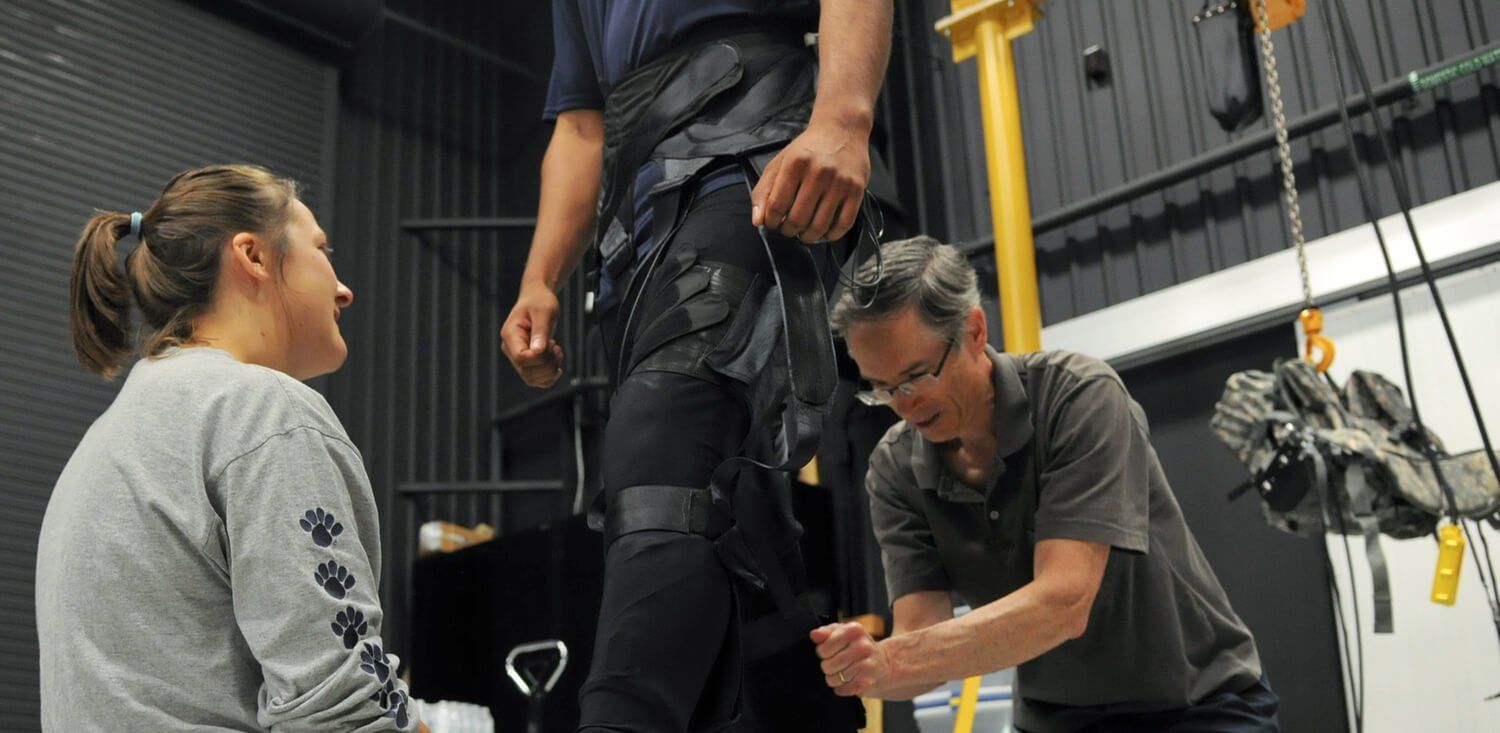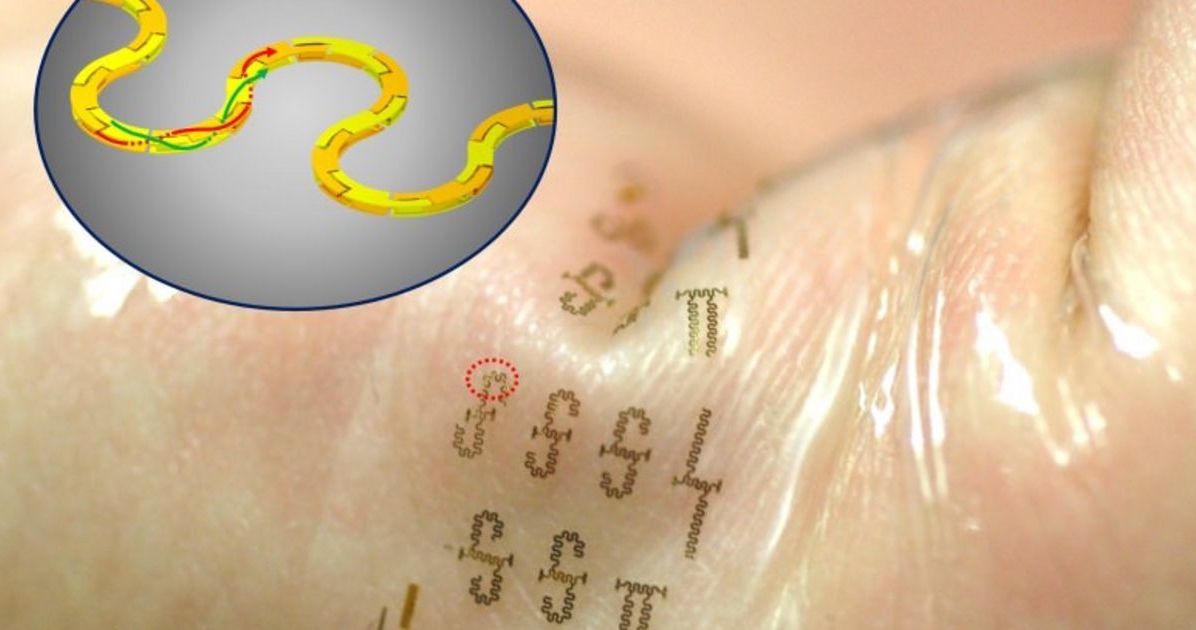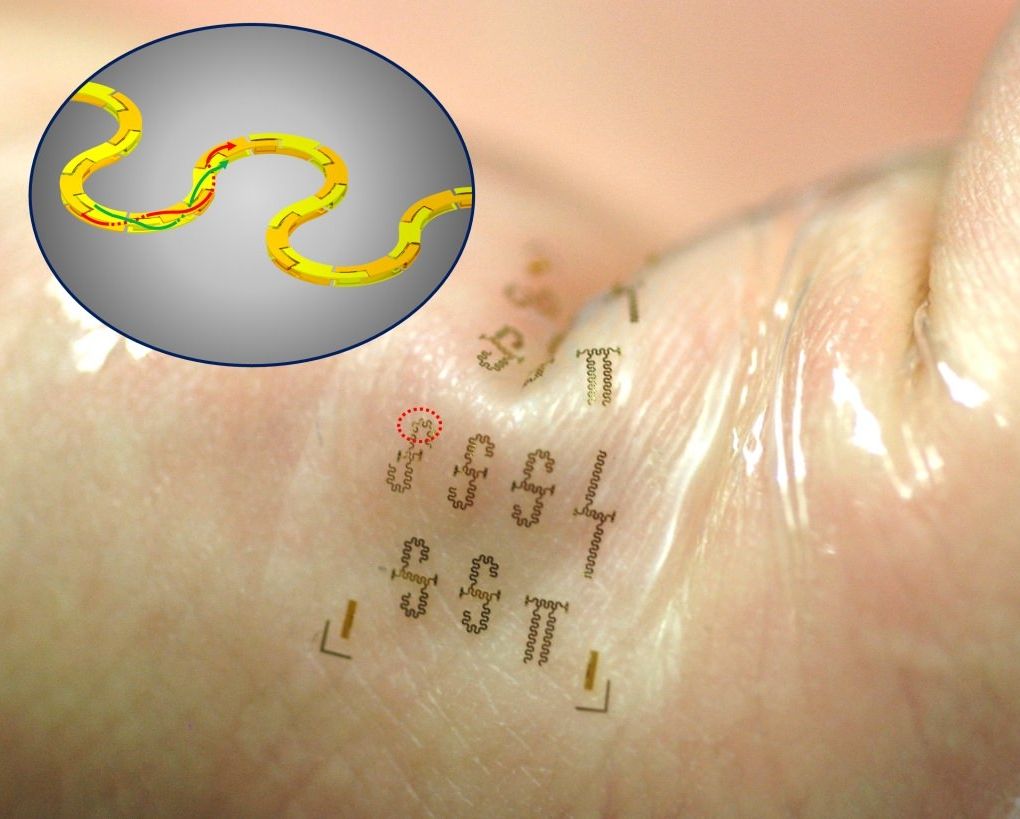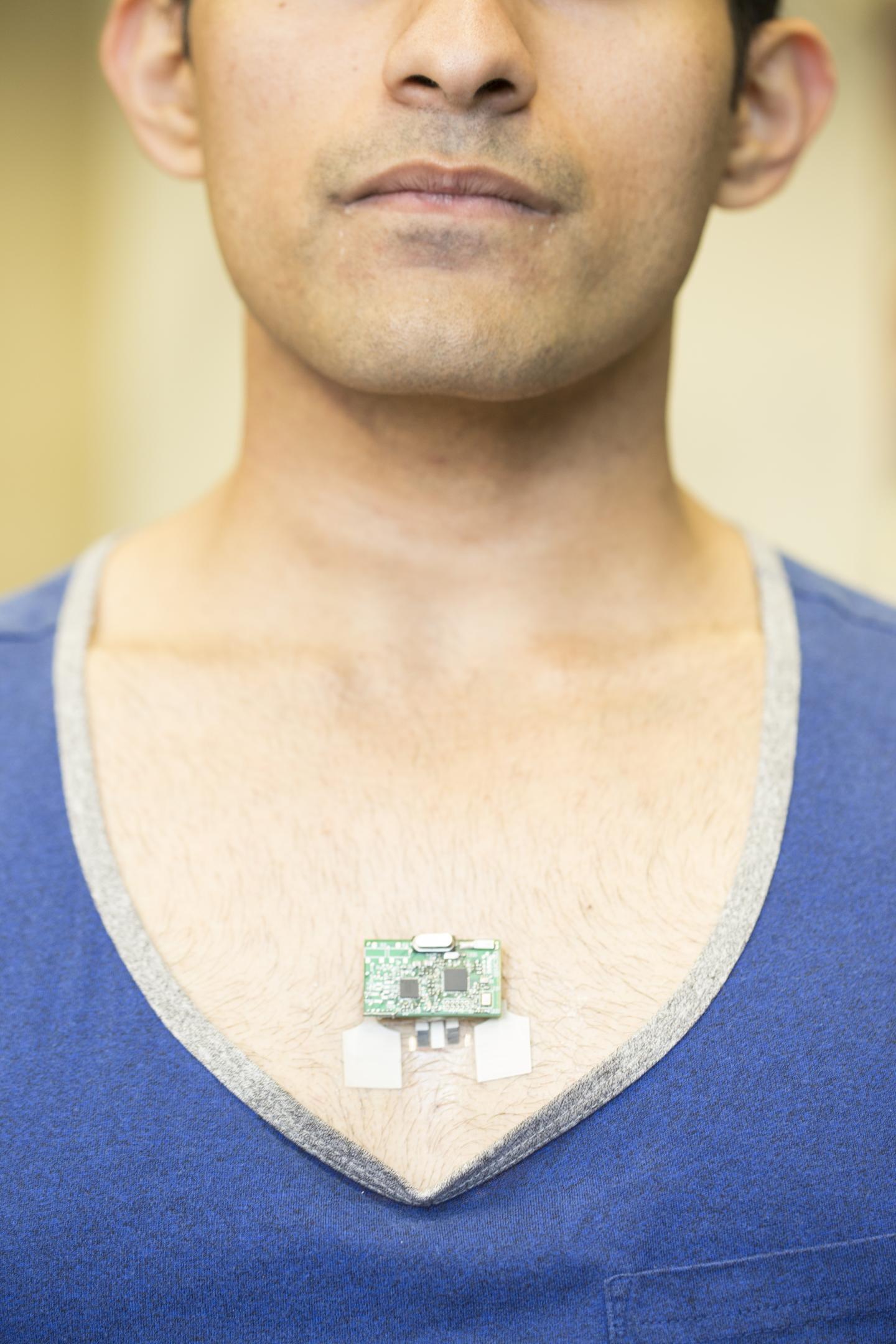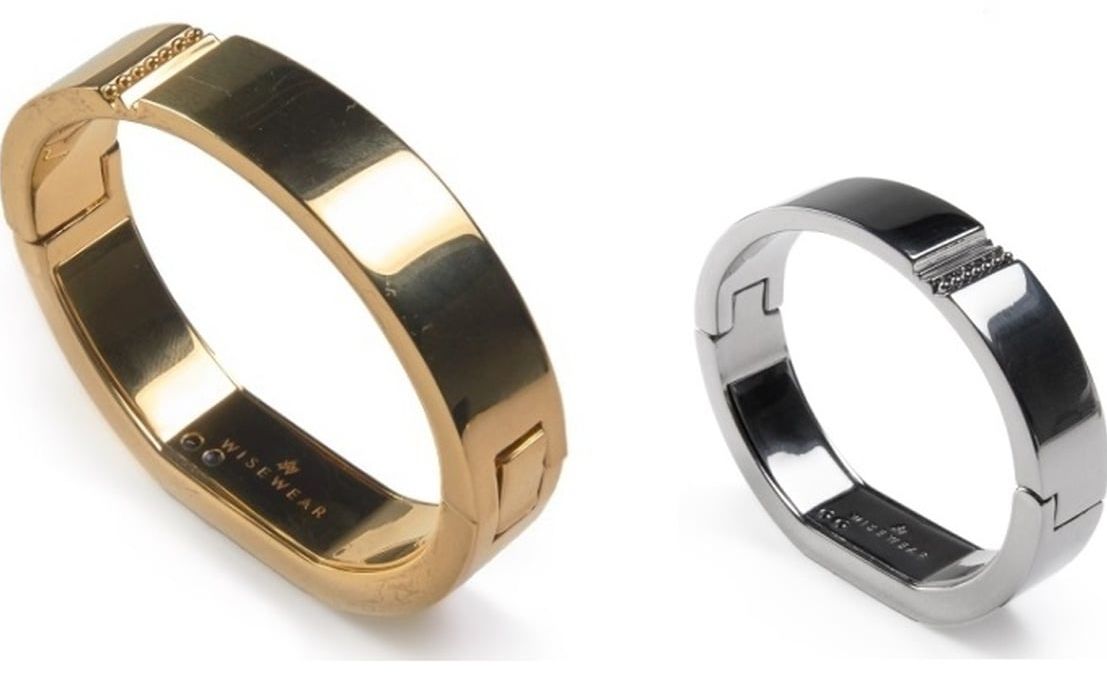Jun 8, 2016
The Elderly May One Day Swap Their Motorized Scooters for Robotic Suits
Posted by Karen Hurst in categories: biotech/medical, cyborgs, robotics/AI, wearables
Robotic exoskeletons, long a staple of sci-fi novels, comic books, and movies, are now part of the real world—and they’ve mostly followed the sci-fi model. That is, exoskeletons are wearable robots. All metal, all the time. But metal suits are heavy and power hungry, and the human body isn’t metal. If you actually plan to use an exoskeleton for an extended period of time, this can be a bit of a design flaw.
That’s where a new exosuit developed by SRI International is looking to flip the script. Instead of working to build exoskeletons—which are rigid like their namesake—SRI is using soft robotics to make lightweight, wearable “exomuscles” and “exotendons.”
Instead of a human-shaped heavy metal frame, SRI’s exosuit is soft, pliable, and intelligent. The suit learns and adapts to its wearer’s movements to give them a boost when needed. It’s quick to put on and relatively energy efficient.
Continue reading “The Elderly May One Day Swap Their Motorized Scooters for Robotic Suits” »
